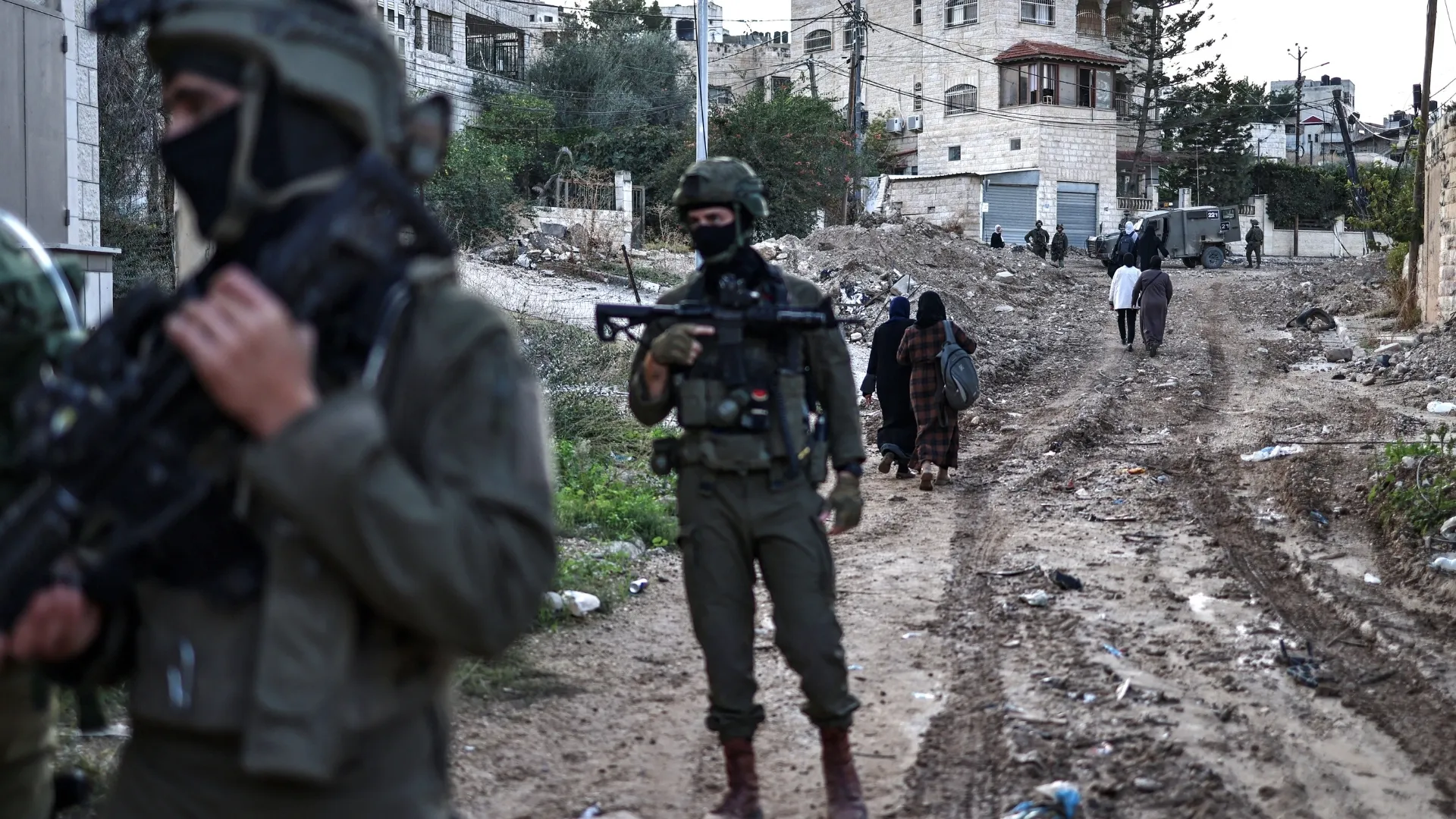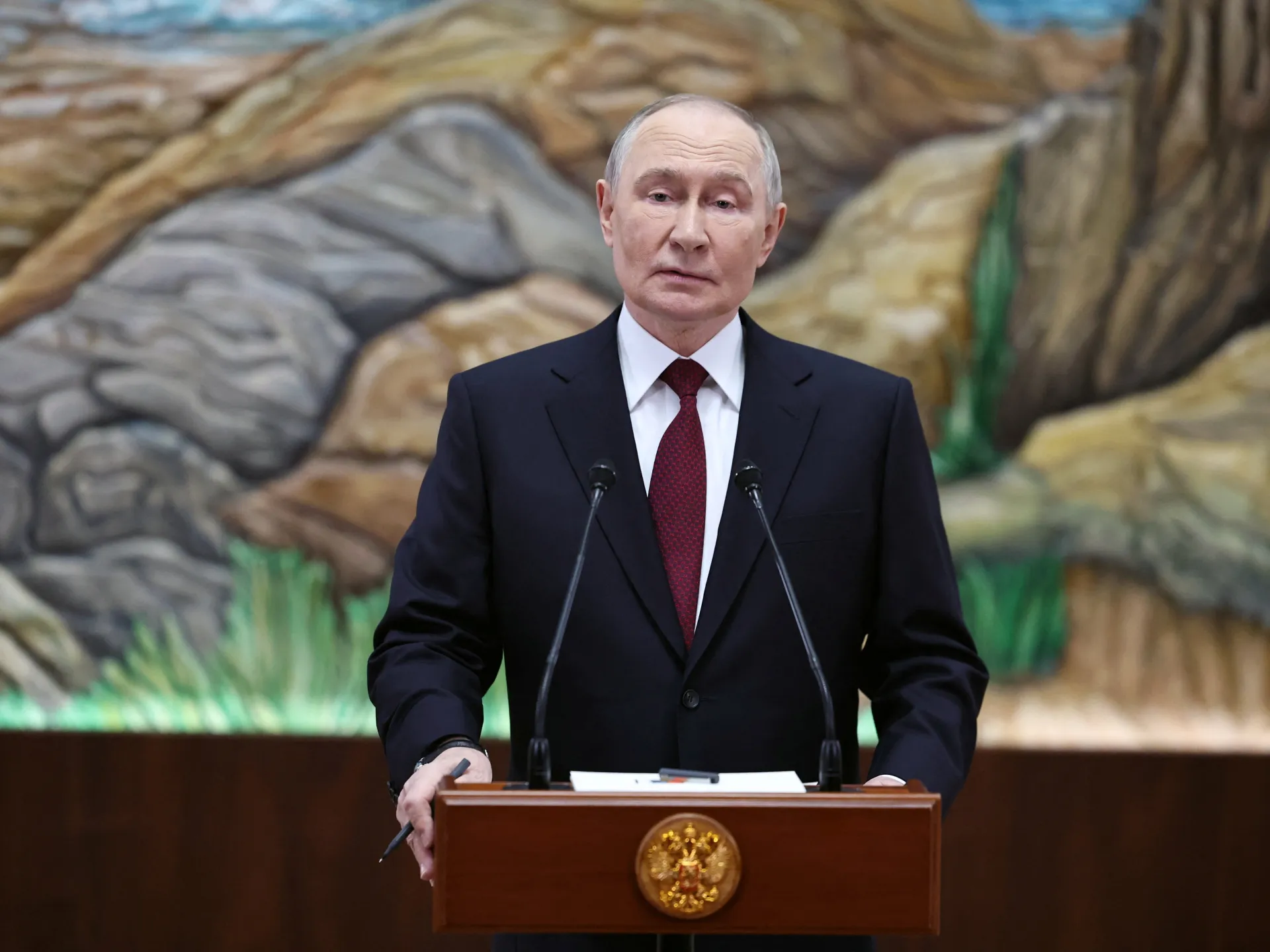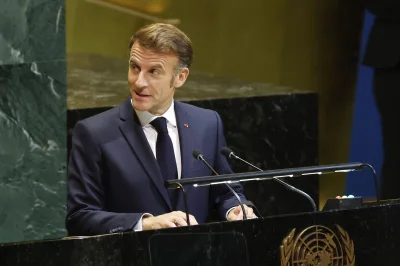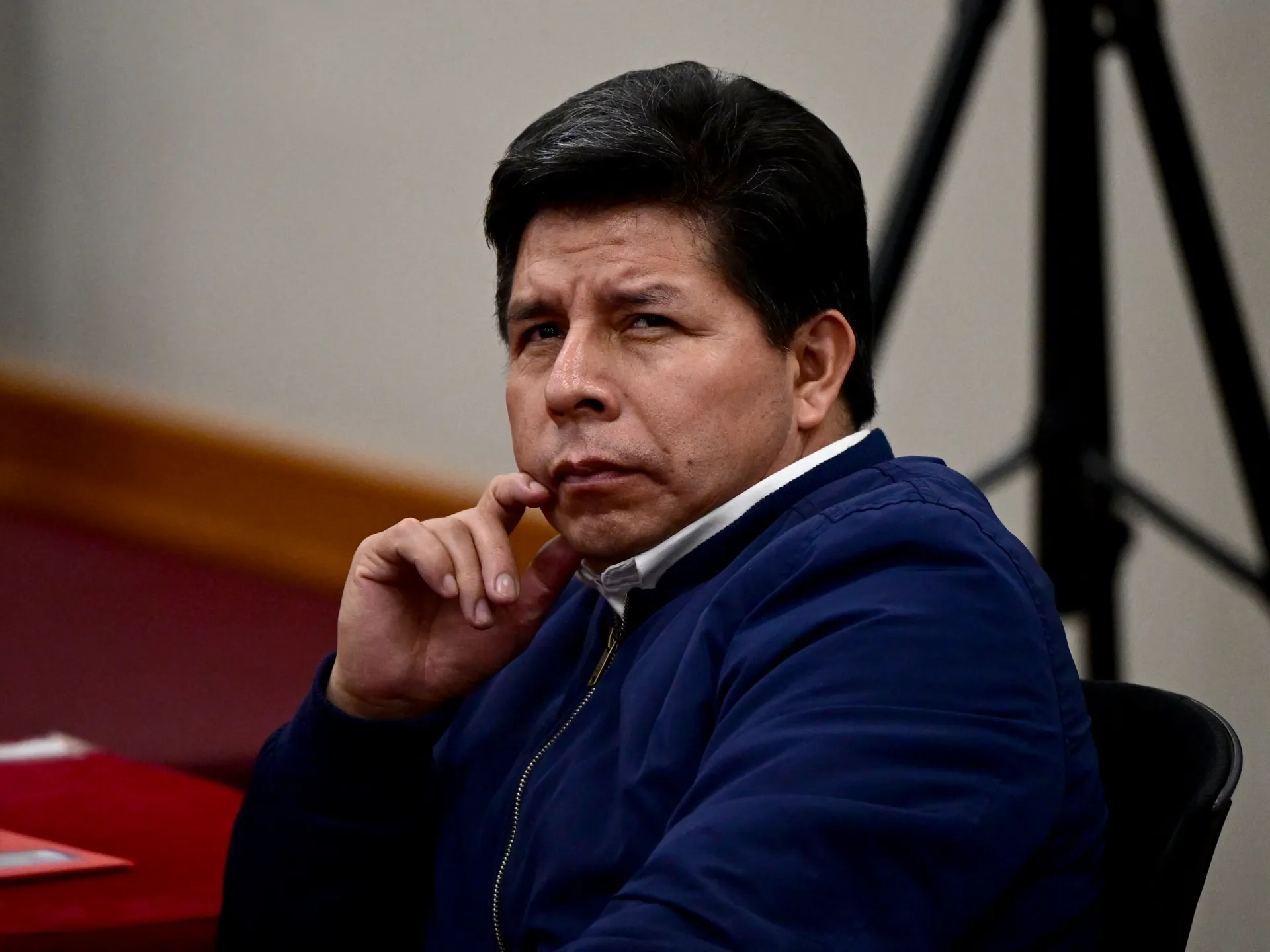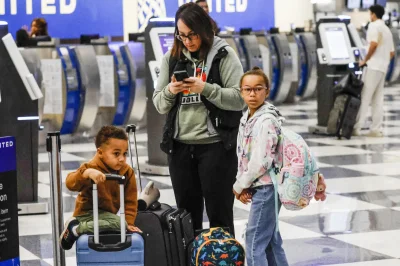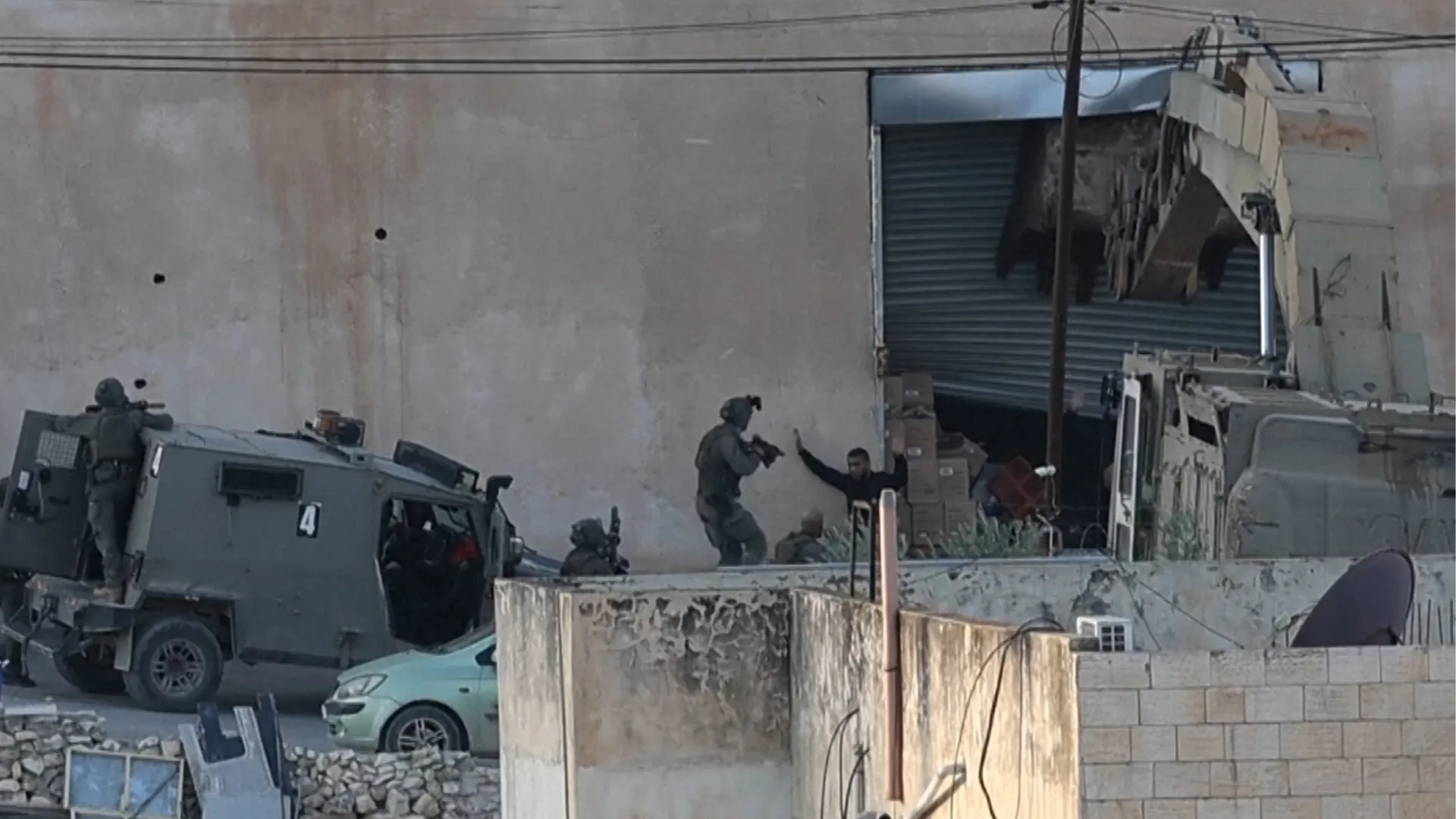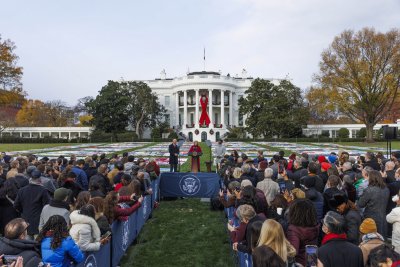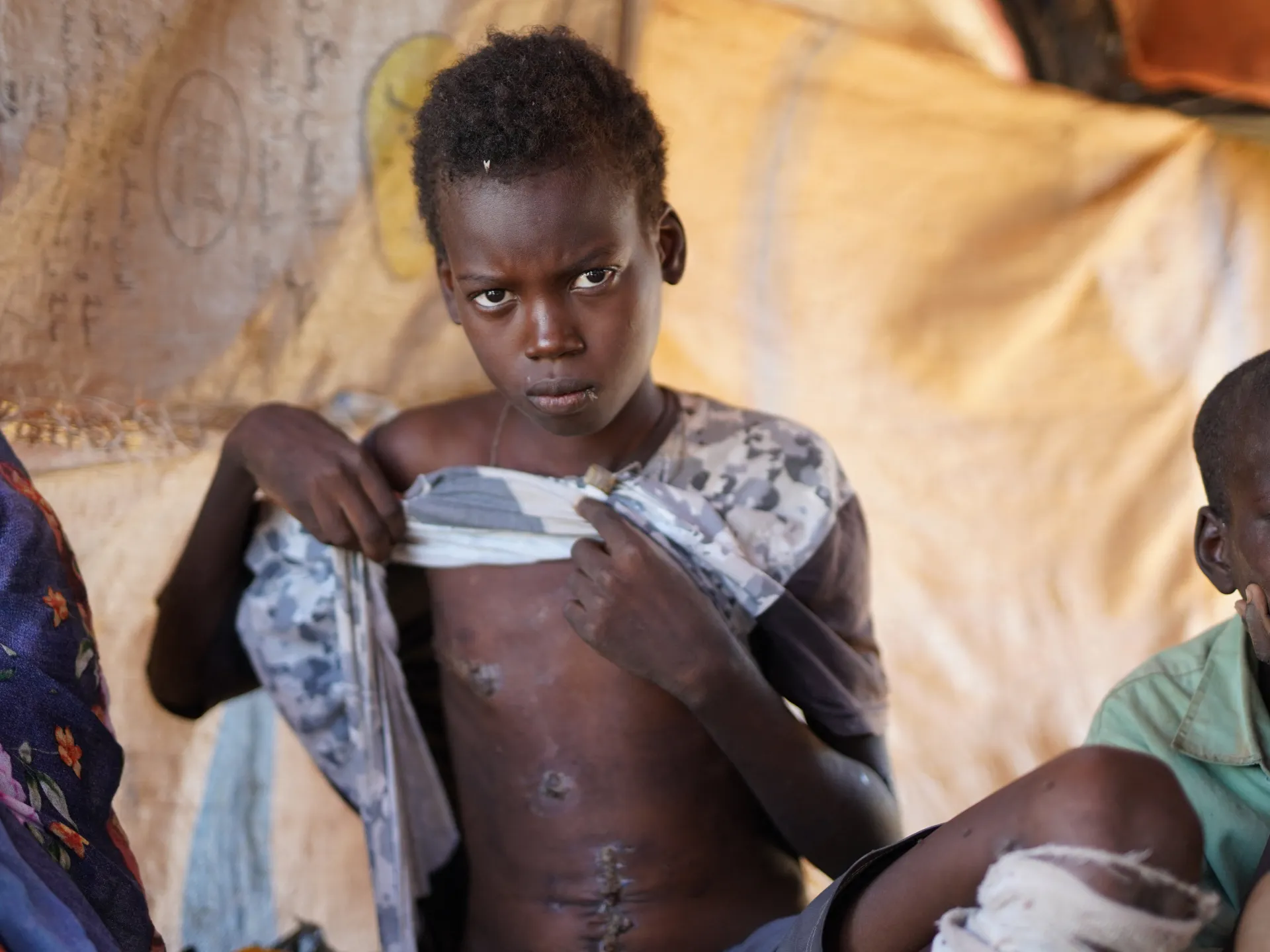Copa Libertadores final: Palmeiras vs Flamengo – teams, start, lineups | Football News
Who: Palmeiras and Flamengo
What: Copa Libertadores final
Where: Monumental Stadium, Lima in Peru
When: Saturday, November 29 at 4pm (21:00 GMT)
How to follow: We’ll have all the build-up on Al Jazeera Sport from 18:00 GMT in advance of our text commentary stream.
The recent Brazilian dominance of the Copa Libertadores continues on Saturday when a team from the South American nation will lift the continental trophy for the eighth time in the last nine years.
Flamengo lead Palmeiras by five points with two games to play in the current season in Brazil’s Serie A after the sides finished second and third last season behind Botafogo.
In the meantime, the showpiece trophy on the continent is up for grabs in the Peruvian capital of Lima, and perhaps with it, the bragging rights for the winner, no matter who comes out on top in the domestic league.
Al Jazeera Sport takes a look at Saturday’s final between two of the biggest names in the global club game outside of European football.
Who are the current Copa Libertadores holders?
Botafogo did the double last season with Brazil’s Serie A title, while also lifting the Copa Libertadores trophy.
It was Botafogo’s first appearance in a final, and they sealed the win with a 3-1 victory against Atletico Mineiro in the match staged in the Argentinian capital of Buenos Aires.
How did Palmeiras reach the Copa Libertadores final?
Raphael Veiga scored twice, and Palmeiras overturned a 3-0 first-leg deficit with a 4-0 victory over Liga Deportiva of Ecuador in the Copa Libertadores semifinals.
Midfielder Veiga scored in the 68th and 82nd minutes after Ramon Sosa and Bruno Fuchs’s first-half goals.
Abel Ferreira’s side won all six of their group stage matches, while seeing off Argentina’s River Plate in the quarterfinals.
How did Flamengo reach the Copa Libertadores final?
Flamengo reached the Copa Libertadores final after salvaging a scoreless draw against Argentinian side Racing Club in the second leg of their semifinal.
The Brazilian club managed to hold on to the 1-0 lead it took in the first leg despite playing most of the second half with 10 men after Gonzalo Plata was sent off in the 56th minute.
Flamengo had limped to second spot in their group with three wins and one defeat from six games, and needed penalties to beat Estudiantes of Argentina in the quarterfinals.
What is Palmeiras’s record in the Copa Libertadores?
Palmerias are three-time winners, with their first victory coming in 1999. Their second win came in 2020, with their third title coming the following season – when they beat Flamengo in the final.
What is Flamengo’s record in the Copa Libertadores?
Flamengo will also be aiming to win the prestigious South American tournament for the fourth time, having previously claimed victory in 1981, 2019 and 2022.

How dominant are Brazil in the Copa Libertadores?
This is the eighth title in the past nine editions of the tournament that will be competed for by Brazilian sides.
Brazilian teams have won every Copa Libertadores title since 2019, with Saturday’s finalists winning two each in that period.
What happened the last time Palmeiras played Flamengo?
Flamengo were 3-2 winners in October against their nearest rivals for the Serie A title in Brazil. They also won 2-0 at Palmeiras earlier in the campaign, in what now appears the first of a decisive league double as the domestic season draws to a close.
Is there expected to be trouble at the Copa Libertadores final?
Rio de Janeiro police officers and football fans clashed on Wednesday near the city’s international airport as Flamengo’s squad prepared to travel to Peru to face Palmeiras.
Local media reported that about a dozen fans entered the Flamengo bus from the ceiling as thousands cheered outside. Footage showed officials using tear gas and rubber bullets amid the clashes, with some fans fighting back.
Flamengo midfielder Saul Niguez joked about the incident on his social media channels, showing fans entering the bus from the top.
“We have some new signings,” the former Atletico Madrid player wrote.
The Brazilian club did not comment on the incident. Authorities also did not comment on injuries or arrests.
Head-to-head
This is the 48th meeting between the sides, with Flamengo claiming 16 victories and Palmeiras taking the spoils on 15 occasions.
Palmeiras team news
Figueiredo remains sidelined following a cruciate ligament injury sustained in March.
Lucas Evangelista misses out with a thigh problem, while former Tottenham midfielder Paulinho is ruled out by a shin injury.
Weverton’s fractured hand means the goalkeeper remains a heavy doubt, but his return hasn’t wholly been ruled out after his recent return to light training.
Flamengo team news
Gonzalo Plata misses out through suspension following his red card in the semifinal against Racing Club. Pedro misses out due to a thigh injury.
Henrique scored a late equaliser after coming on as a substitute against Atletico Mineiro in the most recent league match and is pushing for a start.
Palmeiras predicted starting lineup
Lomba; Khellven, Gomez, Cerqueira, Piquerez; Allan, Moreno; Pereira, Lopez, Anderson; Roque
Flamengo predicted starting lineup
Rossi; Sandro, Pereira, Danilo, Varela; Jorginho, Pulgar; De Arrascaeta, Carrascal, Araujo; Henrique


